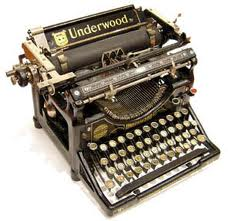April 30 is the day when Día de los niños/Día de los libros is celebrated nationwide. Founded by author Pat Mora in 1997, this celebration honors children, promotes literacy, languages, and cultures.
According to Pat Mora, “The goals of this observance from its inception have included a daily commitment to:
- honor children and childhood,
- promote literacy, the importance of linking all children to books, languages, and cultures,
- honor home languages and cultures, and thus promoting bilingual and multilingual literacy in this multicultural nation, and global understanding through reading,
- involve parents as valued members of the literacy team,
- promote library collection development that reflects our plurality.











